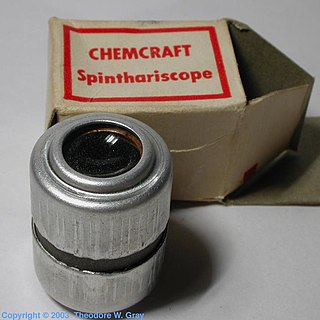 W
WDiels–Kranz (DK) numbering is the standard system for referencing the works of the ancient Greek pre-Socratic philosophers, based on the collection of quotations from and reports of their work, Die Fragmente der Vorsokratiker, by Hermann Alexander Diels. The Fragmente was first published in 1903, was later revised and expanded three times by Diels, and was finally revised in a fifth edition (1934–7) by Walther Kranz and again in a sixth edition (1952). In Diels–Kranz, each passage, or item, is assigned a number which is used to uniquely identify the ancient personality with which it is concerned, and the type of item given. Diels–Kranz is used in academia to cite pre-Socratic philosophers, and the system also encompasses Sophists and pre-Homeric poets such as Orpheus.
 W
WThe FN Model 1903, or Browning No.2 is a self-loading semi-automatic pistol engineered by John Browning and made by Belgian arms manufacturer Fabrique Nationale (FN). It was introduced in 1903 and fired the 9×20mmSR Browning Long cartridge. It should not be confused with the US-made Colt Model 1903 Pocket Hammerless, nor with the Colt Model 1903 Pocket Hammer. The FN Model 1903 is based on the same mechanical design as the Colt Model 1903 Pocket Hammerless, which Browning sold to both companies, but enlarged to handle the more powerful 9mm Browning Long cartridge. Due to its reliability, accuracy, light weight, and quick reloading, the M1903 was an issued sidearm for many police forces and militaries. The pistol was initially introduced by FN as the Browning Modèle de Guerre or Browning Grand Modèle.
 W
WLatino sine flexione, Interlingua de Academia pro Interlingua or Peano's Interlingua, is an international auxiliary language compiled by the Academia pro Interlingua under chairmanship of the Italian mathematician Giuseppe Peano (1858–1932) from 1887 until 1914. It is a simplified version of Latin, and retains its vocabulary. Interlingua-IL was published in the journal Revue de Mathématiques in an article of 1903 entitled De Latino Sine Flexione, Lingua Auxiliare Internationale, which explained the reason for its creation. The article argued that other auxiliary languages were unnecessary, since Latin was already established as the world's international language. The article was written in classical Latin, but it gradually dropped its inflections until there were none.
 W
WMaine's Italian sandwich, sometimes referred to as the Maine Italian sandwich, is an American submarine sandwich in Italian-American cuisine prepared on a long bread roll or bun with meats, cheese and various vegetables. The Maine Italian sandwich was invented in Portland, Maine, in 1903 by Giovanni Amato, a baker.
 W
WOffset printing is a common printing technique in which the inked image is transferred from a plate to a rubber blanket and then to the printing surface. When used in combination with the lithographic process, which is based on the repulsion of oil and water, the offset technique employs a flat (planographic) image carrier. Ink rollers transfer ink to the image areas of the image carrier, while a water roller applies a water-based film to the non-image areas.
 W
WRosa 'Léontine Gervais' is an apricot-blend Wichurana rambler, bred by French rose breeder, René Barbier in 1903. A best selling and popular rambler in the early 20th century, it is often confused with another Barbier rambler, 'Francois Juranville'.
 W
WA spinthariscope is a device for observing individual nuclear disintegrations caused by the interaction of ionizing radiation with a phosphor or scintillator.
 W
WThe Canadian province of Ontario first required its residents to register their motor vehicles in 1903. Registrants provided their own licence plates for display until 1911, when the province began to issue plates. Plates are currently issued by the Ministry of Transportation of Ontario (MTO).